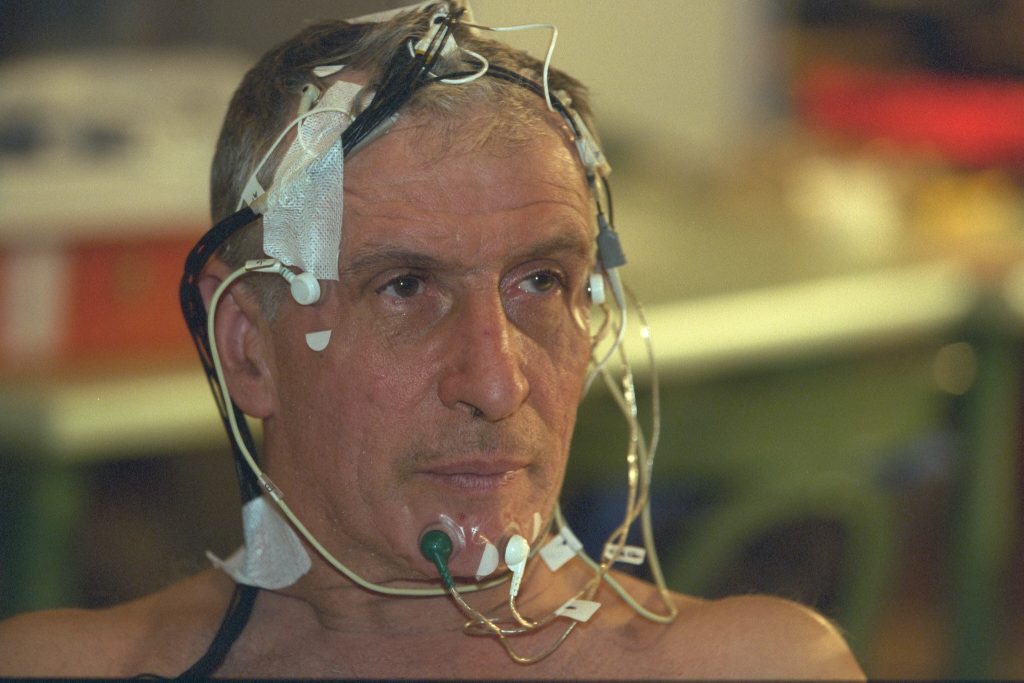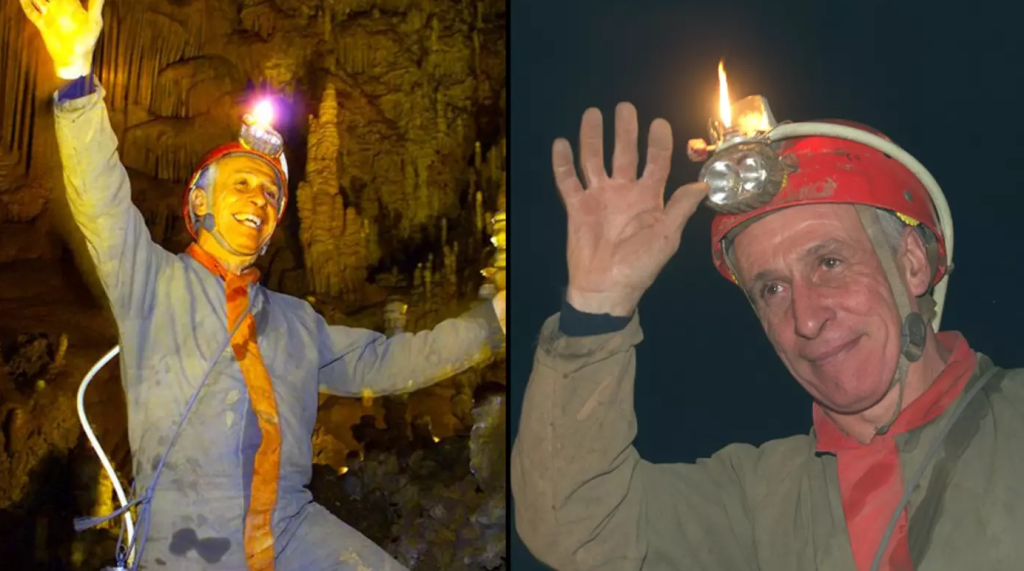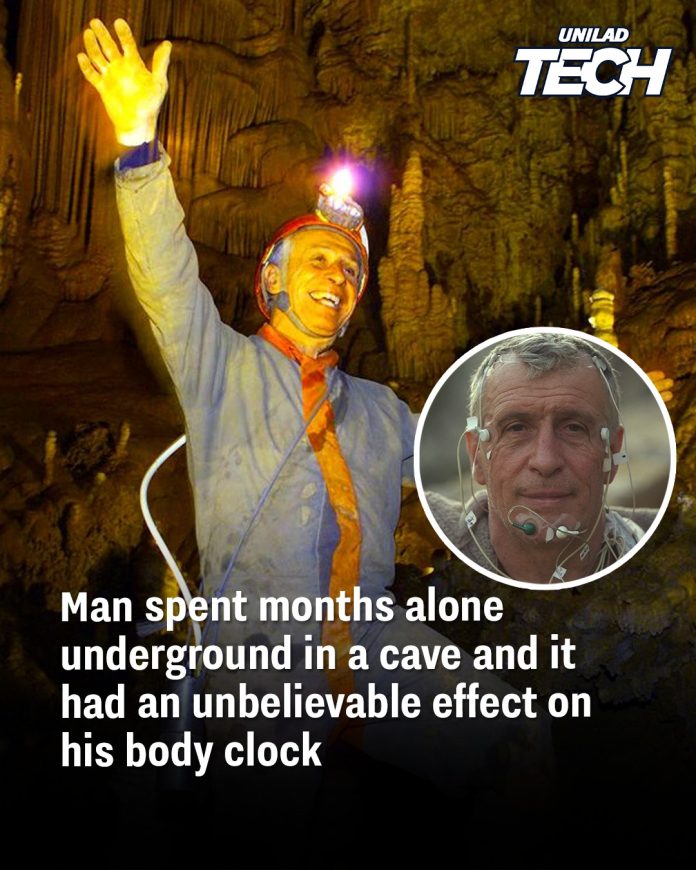In 1962, French scientist and speleologist Michel Siffre embarked on a groundbreaking experiment to explore the effects of prolonged isolation from natural light on human perception of time and circadian rhythms. At 23 years old, Siffre descended into the Scarasson abyss, a glacier cave located 130 meters below the surface in the French Alps, where he remained for two months without any external time cues.

Objectives and Methodology of the Experiment
Siffre’s primary objective was to investigate how the human body and mind adapt to an environment devoid of natural light and temporal indicators. To achieve this, he eliminated all external references to time, including clocks and calendars. He maintained contact with a support team stationed at the cave’s entrance, informing them of his waking, eating, and sleeping times without receiving any information about the actual time of day. This protocol ensured that his daily routines were governed solely by his internal perceptions.
Findings on Time Perception and Circadian Rhythms
Throughout the isolation period, Siffre conducted various self-assessments to monitor his psychological and physiological state. One notable test involved counting from 1 to 120 at a rate of one digit per second. He discovered that what he perceived as two minutes had actually taken him five minutes, indicating a significant distortion in his time perception. This finding suggested that, in the absence of external cues, individuals might experience time at a different pace, effectively perceiving time as passing more slowly.
Additionally, Siffre’s sleep-wake cycle began to deviate from the typical 24-hour pattern regulated by natural light exposure. His body settled into a cycle exceeding 24 hours, aligning with observations from similar studies where participants, deprived of external time cues, exhibited circadian rhythms extending beyond the standard day.
Impact on Psychological and Physical Health
The prolonged isolation and absence of natural light had notable effects on Siffre’s psychological and physical well-being. He reported feelings of monotony and fatigue, exacerbated by the constant darkness and solitude. The lack of environmental stimuli led to a diminished sense of time, making it challenging for him to distinguish between days. Upon concluding the experiment on September 14, Siffre believed the date to be August 20, illustrating a substantial misjudgment of time passage.

Subsequent Experiments and Legacy
Encouraged by the insights gained from his initial study, Siffre conducted additional experiments to further explore human chronobiology. In 1972, with support from NASA, he spent over six months in a cave in Texas, observing that, in the absence of time cues, individuals often adapted to a 48-hour cycle, comprising 36 hours of wakefulness followed by 12 hours of sleep. These findings have been instrumental in understanding human circadian rhythms and have informed research in space exploration and chronobiology.
Siffre’s pioneering work laid the foundation for the field of human chronobiology, demonstrating the profound impact of environmental factors on physiological and psychological processes. His experiments have inspired subsequent studies on the effects of isolation and the importance of natural light in regulating biological rhythms. Siffre passed away on August 25, 2024, at the age of 85, leaving behind a legacy that continues to influence scientific understanding of human adaptation to extreme environments.

















